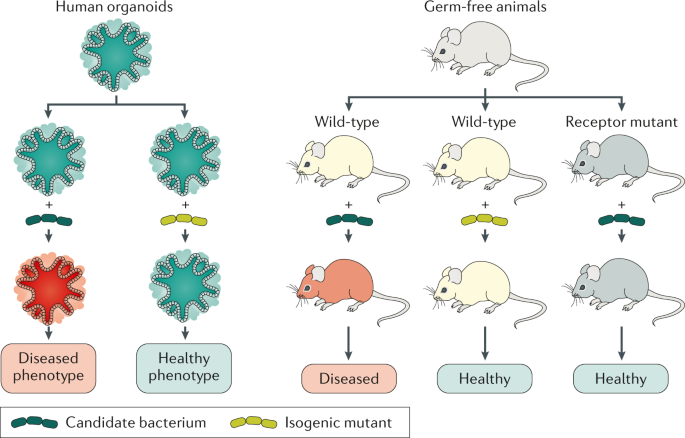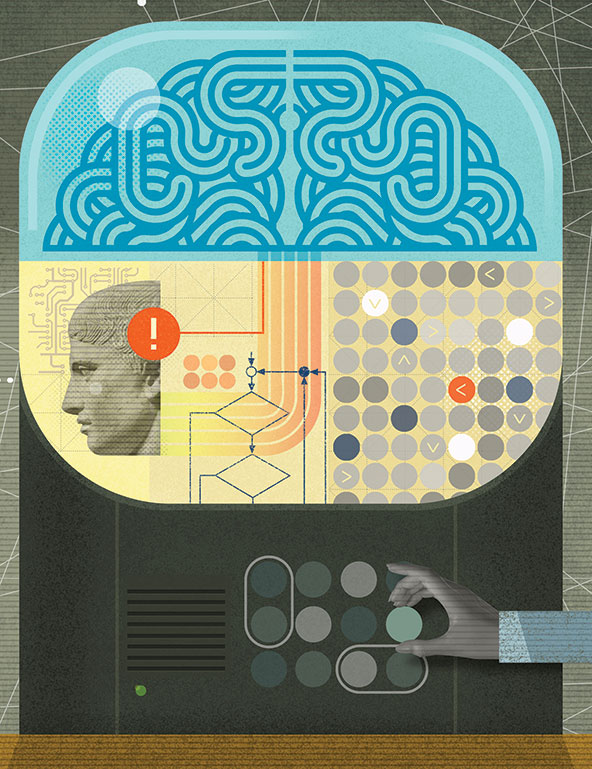
However, the magical figure of 100% proof of causality is what every researcher must strive for, to ensure that a group of their peers will accept the results. The first thing to remember with causality, especially in the non-physical sciences, is that it is impossible to establish complete causality. An experiment with no established cause and effect, on the other hand, will be practically useless and a waste of resources.

Most experiments with some validity issues can be salvaged, and produce some usable data. Sociology, at the other extreme, is exceptionally prone to causality issues, because individual humans and social groups vary so wildly and are subjected to a wide range of external pressures and influences.įor results to have any meaning, a researcher must make causality the first priority, simply because it can have such a devastating effect upon validity. In the physical sciences, such as physics and chemistry, it is fairly easy to establish causality, because a good experimental design can neutralize any potentially confounding variables. This makes it exceptionally difficult for the researcher to state that their treatment is the sole cause, so any research program must contain measures to establish the cause and effect relationship. In a complex experiment, it is often difficult to isolate and neutralize the influence of confounding variables. The other problem with causality is that a researcher cannot always guarantee that their particular manipulation of a variable was the sole reason for the perceived trends and correlation. What is Cause and Effect? - The Danger of Alternative Explanations Even respected and trusted newspapers, journals and internet resources can fall into the causality trap, so marketing groups can influence perceptions. Unfortunately, most of the general public are not scientists and cannot be expected to filter every single news item that they read for quality or delve into which group funded research. The same research leads to two different interpretations and, the answer given to the media can depend upon who funds the work. An anti-alcohol group, on the other hand, could claim that alcohol is harmful and use the results to lobby for harsher drinking laws. With the above example, an alcoholic drink manufacturer could use the second interpretation to claim that alcohol is not a factor in depression and that the responsibility is upon society to ensure that people do not become depressed. It also leaves the research open to manipulation by interest groups, who will take the results and proclaim them as a truth.

It is also one of the most important factors, because it can misdirect scientists. This type of classic 'chicken and egg' argument makes establishing causality one of the most difficult aspects of scientific research.

However, is this necessarily the case? Depression could be the cause that makes people drink more but it is equally possible that heavy consumption of alcohol, a depressant, makes people more depressed. Think about it this way: in an experiment to study the effects of depression upon alcohol consumption, researchers find that people who suffer from higher levels of depression drink more, and announce that this correlation shows that depression drives people to drink. Natural phenomena are complicated and intertwined, often overlapping and making it difficult to establish a natural order. This seems to be an extremely obvious statement, but that is not always the case. The key principle of establishing cause and effect is proving that the effects seen in the experiment happened after the cause.

What is Cause and Effect? - The Temporal Issue


 0 kommentar(er)
0 kommentar(er)
